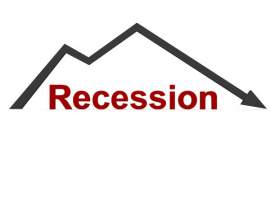
Leverage

The Business Behind a Leverage
Leverage is a basic term for using any technique to increase or multiply gains and losses. Leverage can be done by using borrowed funds, using derivatives, and buying fixed assets. For example:
• A company or public corporation can borrow money to leverage its equity. This means that the more the company borrows, the less capital it requires. Any losses or profits are then shared with a smaller base and as a result, are proportionately larger.
• Hedge funds can be used to leverage assets through using their derivatives. By posting a certain value of cash as a margin, it may be possible for the hedge fun to get losses or gains on a larger value.
• A business entity or company can buy fixed assets to leverage its revenue. Doing so will increase the proportion between the fixed costs, as opposed to variable. This will allow for a change in revenue that then gives a larger operating income change.
While the potential of getting a higher amount of profits is appealing, the obvious risk of leverage makes it somewhat risky. Leverage allows for a chance of multiple losses. Any corporation that winds up borrowing too much can face the possibility of bankruptcy or severe financial struggle when experiencing a business downturn. Meanwhile, a company using less leverage may have a better chance of surviving. For example:
• If an investor purchases a stock that has a 50% margin, the investor can lose 40% of his money if the stock only declines 20%.
There is a very important implied assumption in looking at an account that has leverage versus an identical one that does not have leverage. In a situation where a company borrows money in order to modernize, expand internationally, or add new items to its product line, any additional diversification may potentially offset the additional risk from leverage even further.
Another situation is if an investor uses a certain fraction of his portfolio in order to margin stock index futures and ends up putting the remainder in a money market fund. In this case, the individual may have the equal amount of volatility and same predicted return as another investor who is in an unlevered equity index fund, which will have a limited downside.Ultimately, adding leverage to a certain given asset will always add risk. However, this does not necessarily mean that a company with leverage or an investment with leverage is always riskier than one without leverage. It is very possible for a fund that has high leverage to have even less volatility in return in comparison to the funds without leverage.


















